FAQ
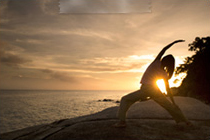
A1. It is for certain that human beings age one year, each year; but one does not need to harbor negative feelings toward aging. That said, people often become over-concerned with small wrinkles and skin blemishes and repeatedly spend large sums of money on surgical procedures and injections; however, this does not produce truly young skin. Truly young-looking skin can be achieved through daily management of health, with appropriate amounts of exercise and proper diet to achieve both inner beauty and outward appearance. There is no need to try to resist aging through unnaturally strenuous methods; but instead, accept conditions to live a life of joy and fulfillment. This is what beautiful aging represents.
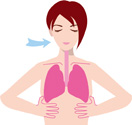
A2. The most important fundamentals are breathing and posture. Correct posture and proper breathing are effective in maintaining proper lung functions and simultaneously release of anti-aging hormones and serotonin.
A3. What is your height? How much did you weigh when you were approximately 20 years old?
The human skeletal framework fully matures at the age of 20 and becomes able to support body weight. Ideal weights differ according to individuals, but you are not considered overweight if your BMI [body weight (kg) ÷height (m)2] ranges between 20 to 22. If you are concerned about your appearance, it may be because you are at odds with your body proportions. If this is the case, focus on developing correct posture with an appropriate amount of muscle tension, which will help you attain good proportion. If your BMI is over 22, there are ways to improve your BMI by losing weight through proper diet and exercise. However, this is an ideal method and each individual needs to consider methods suitable for oneself. Therefore, please take caution in your attempts, because, as an example, an individual who is highly overweight should not suddenly take up strenuous exercise in an attempt to lose weight because one could risk injury to the knees and/or lower back.
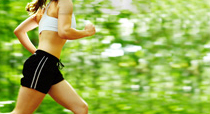
A4. Running is not appropriate for everyone. I suggest walking for those of you who are not athletically active. An effective way to lose weight is to eat an appropriate amount of food and to take part in aerobic exercise that appropriately corresponds with each individual’s fat- burning zone.
A5. There are a few types of bow-legged conditions. One representative type is genu varum, in which the alignment of the lower limb is curved. Another type is quite prevalent among young people, in which the legs are straight, however, incorrect posture and stance spreads the pelvis open, creating an appearance of being bow-legged. It is possible to remedy this in a matter of a few hours to a few days, through conscious efforts to correct one’s stance and posture in the hip area.
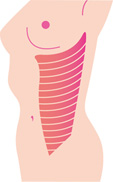
A6. Yes, of course it is possible. You will need to focus on 3 areas to develop an “hourglass” waist: the first is posture to produce an “s” line waist (as seen from the side); next, traverse abdominal muscles (also seen from the side) to check for a bulging stomach; finally, oblique abdominal muscles (seen from the front) for the hourglass shape. The step-by-step method is as follows: 1) develop a correct posture; 2) use your abdominal muscles and draw in your stomach; 3) tighten your oblique abdominal muscles. Anyone will be able to trim one’s waist by focusing on these areas.
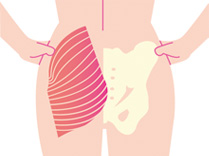
A7. There are some limits, but it is possible to a certain degree.
There are 3 areas of focus to develop shapely buttocks:
A8. In most cases, it is possible.
It is first important to fathom the cause of obesity in the legs.
A9. Unfortunately, I do not offer public clinical examinations because I am dedicated to examining JOC certified athletes as a medical staff doctor at the national sports science center.
However, I often give workshops and lectures. Please periodically check the Latest News section of my website for updates on workshop and lecture appearances.
If you wish to offer Dr. Nakamura spots to give lectures, conduct workshops, or give lessons, please feel free to fill out and submit the Contact Form.